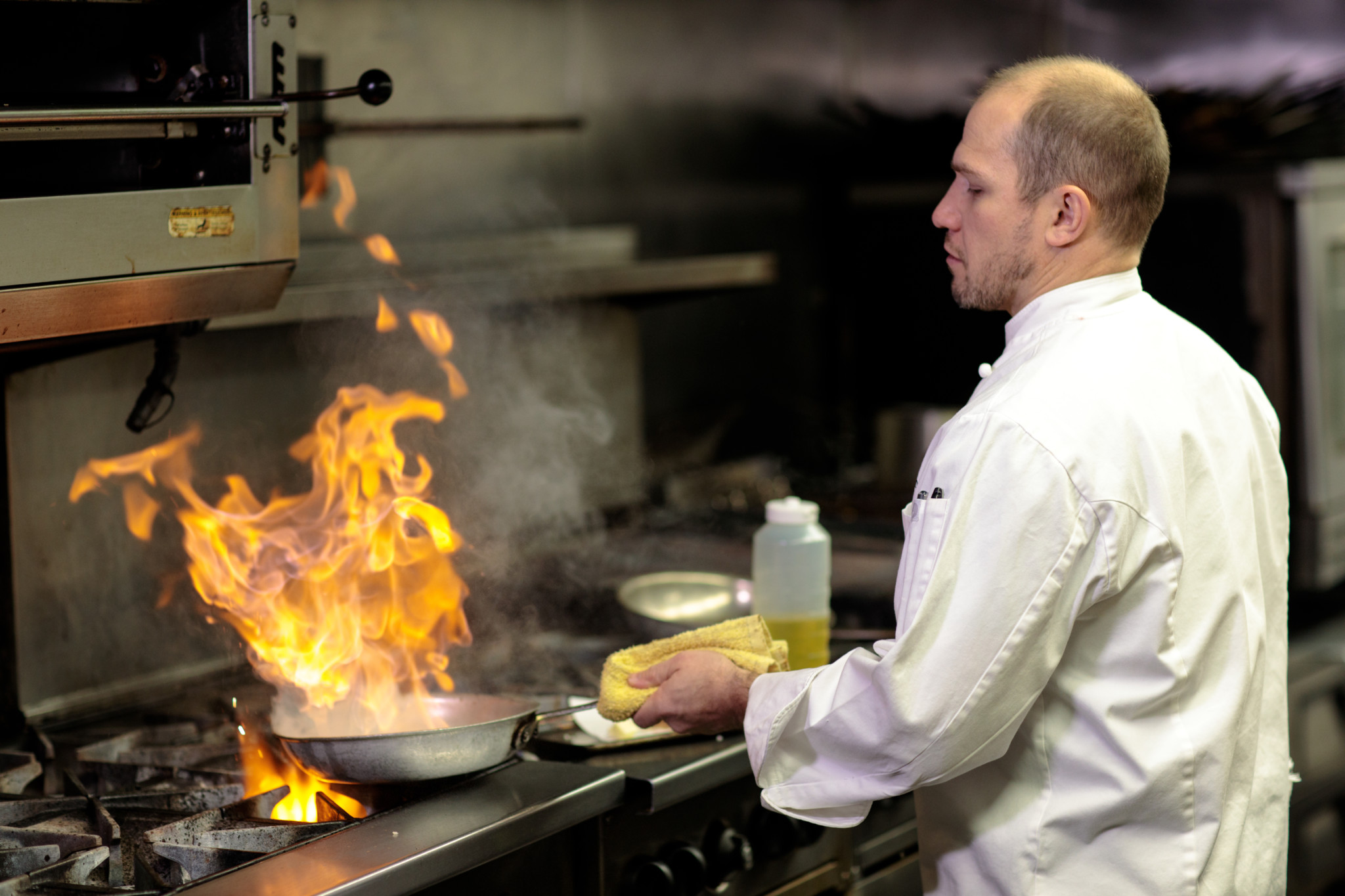Most restaurants have no shortage of incredible seafood options. As executive chef of Seven Glaciers Restaurant at Alyeska Resort in Girdwood, Alaska, I’ve been sourcing from independent fishermen for years. I’ve seen firsthand how fishermen can put their best foot forward and also how they can fumble. Here’s some advice on how to become a direct-to-chef fish-marketing powerhouse.
The most important thing to chefs and consumers alike when it comes to seafood is quality. Chefs can get fish almost anywhere, but where can we get the best fish? Many chefs are ready to step away from distributors and large vendors and explore sourcing seafood directly from fishermen. You must be able and willing to provide the highest quality seafood possible.
Next, do your market research. What types of restaurants are best suited to buy your fish? What kind of volume do they serve? If you have 5 pounds of wild spot prawns to sell per week, you should not be pitching to a chef that serves 300 diners a night.
One of the most important considerations is whether you can you meet the restaurant’s needs consistently. As the saying goes, it’s better to under-promise and over-deliver. You certainly have factors beyond your control: rough weather, boat breakdowns, injured crew. So do I, but I still put fish on the table no matter what happens at my restaurant.
Is your price fair? If it’s too high, you’ll scare away business. If it’s too low, you may lose money, and in some cases may also scare away business — inexpensive seafood is often a red flag for poor quality or handling. What are your limitations?
Does this require processing? Can you accomplish it within the restrictions of your permitting and licensing? Don’t expect a busy kitchen to be able to handle whole fish, because most of them can’t. If you need processing help, consider looking into direct marketing programs through an existing processor or partnering with a local wholesaler or nonprofit.
Next step, develop your story. No chef will pay the premium of your seafood if there’s no story to tell. Do you have photos or a bio you can share? Help the chef and the waitstaff tell the story of the actual fisherman who caught the guest’s dinner by making it easier. Details help.
Now you’re ready to reach out to a chef. Let me help you not screw it up. There are a lot of ways to reach a chef, and none of them are great. We are notoriously busy and hard to get ahold of. If you send an email, plan on sending three before you hear back. Don’t take it personally and get salty in the interim. If you decide to call the restaurant, know the restaurant. If they are only open for dinner, don’t call at 4 p.m. when we’re in the weeds prepping. Also, plan to call several times. If you want to show up unannounced, plan to leave a sample with a sous chef. Bring your best stuff, and don’t forget complete contact information.
What’s your financial scenario? Some chefs can write checks at the kitchen back door, but most have a specific procurement procedure they have to follow. You may have to wait 30 days or more to be paid by the accounting department. Be professional. Slipping your invoices into the fish boxes is not cool.
My final advice is start small. It’s better to do a few things well than try to do too much and do it poorly. Grow your business markets hand in hand with infrastructure and logistics. Lastly, never compromise quality.
ASMI has collaborated with Juneau artist Pat Race over the years. This most recent project was designed to communicate best quality and handling practices to the fleet and processing sectors in an easily digestible format. The resulting artwork will be produced as small posters and stickers. Please email requests to [email protected].







